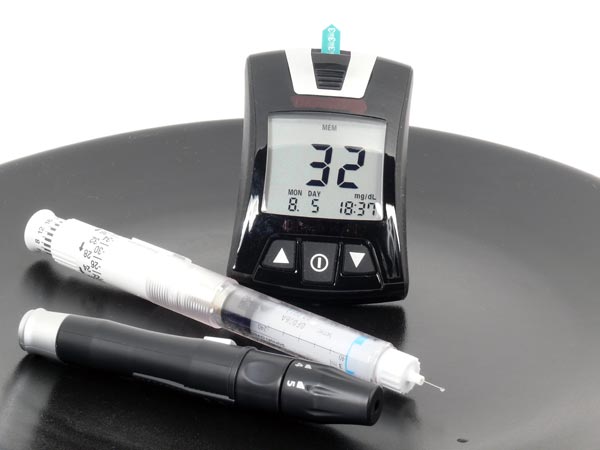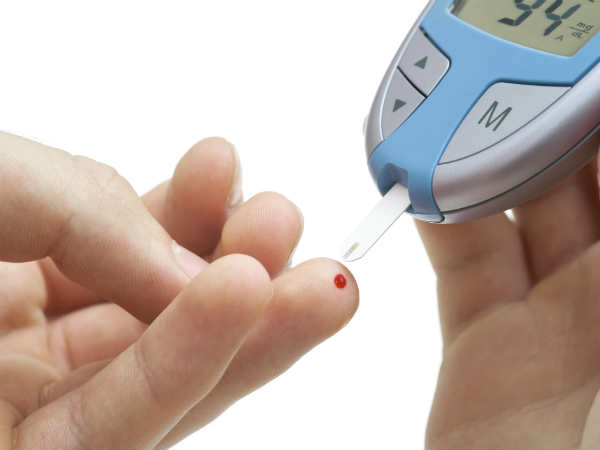Just In
- 1 hr ago

- 1 hr ago

- 3 hrs ago

- 4 hrs ago

Don't Miss
- Education
 CBSE Board Result 2024 expected to release soon: Know When and How to Check CBSE 10th & 12th Results
CBSE Board Result 2024 expected to release soon: Know When and How to Check CBSE 10th & 12th Results - Sports
 IPL 2024: Mitchell Starc or Andre Russell? Who is the Best Golfer in KKR?
IPL 2024: Mitchell Starc or Andre Russell? Who is the Best Golfer in KKR? - Finance
 Rs 44,000 Crore M-Cap Lost, Stock Falls 10%, No More 4th Largest Bank; How RBI's Ban Rocked Kotak
Rs 44,000 Crore M-Cap Lost, Stock Falls 10%, No More 4th Largest Bank; How RBI's Ban Rocked Kotak - Movies
 Idi Minnal Kadhal OTT Release Date And Platform: When And Where To Watch Ciby And Bhavya Trikha's Movie
Idi Minnal Kadhal OTT Release Date And Platform: When And Where To Watch Ciby And Bhavya Trikha's Movie - Automobiles
 How To Enjoy Your Car Music Safely Without Compromising On Road Safety
How To Enjoy Your Car Music Safely Without Compromising On Road Safety - Technology
 Garena Free Fire Max Redeem Codes for April 25, 2024: Get Access to the Latest Freebies in the Game
Garena Free Fire Max Redeem Codes for April 25, 2024: Get Access to the Latest Freebies in the Game - News
 How Will Vokkaliga Voters Influence Bengaluru Rural Elections?
How Will Vokkaliga Voters Influence Bengaluru Rural Elections? - Travel
 Escape to Kalimpong, Gangtok, and Darjeeling with IRCTC's Tour Package; Check Itinerary
Escape to Kalimpong, Gangtok, and Darjeeling with IRCTC's Tour Package; Check Itinerary
Scientists Develop Artificial Cells That Can Help Treat Diabetes
Here is a new and effective way to treat diabetes. Check it out.
Diabetes is one of the leading lifestyle diseases that is affecting a large number of young adults. Sedentary lifestyle, unhealthy diet and lack of exercises are a few of the major causes for increasing number of diabetes cases.
With proper diagnosis, treatment and medication diabetes can be controlled. So for those suffering from diabetes, here is some useful piece of information.
Scientists have developed smart artificial cells that could help manage diabetes without painful and frequent injections, by automatically releasing insulin into the bloodstream when glucose levels rise.

How The System Works?
The "artificial beta cells" (ABCs) mimic the functions of the body's natural glucose-controllers, the insulin-secreting beta cells of the pancreas.
The loss or dysfunction of these cells causes type 1 diabetes and many cases of type 2 diabetes. The idea is that the ABCs could be subcutaneously inserted into patients, which would be replaced every few days, or by a painless and disposable skin patch.
A single injection of the ABCs into diabetic mice lacking beta cells quickly normalised the animals' blood glucose levels and kept those levels normal for up to five days.
"Our plan now is to further optimise and test these synthetic cells in larger animals, develop a skin patch delivery system for them, and ultimately test them in people with diabetes," said Zhen Gu, a professor at the University of North Carolina (UNC) in the US. Millions of people use insulin as a diabetes treatment, either by injection or a mechanical pump.

So far, delivering insulin in pill form has been challenging because it is a large molecule that would be destroyed by digestive enzymes and acids before it could reach the bloodstream.
The major problem with current insulin treatments, however, is that they can not control blood glucose levels automatically and efficiently, as normal insulin-secreting pancreatic cells do. Transplants of pancreatic cells can solve that problem in some cases.
However, such cell transplants are expensive, require donor cells that are often in short supply, require immune-suppressing drugs, and often fail due to the destruction of the transplanted cells. Researchers, including those from North Carolina State University (NC State), adopted a particularly ambitious approach: making artificial cells that do what natural pancreatic beta cells do.
The ABCs are constructed with a simplified version of a normal cell's two-layered lipid membrane. The key innovation is what these cells contain: specially designed, insulin-stuffed vesicles. A rise in blood glucose levels leads to chemical changes in the vesicle coating, causing the vesicles to start fusing with the ABC's outer membrane - thus releasing the insulin payloads.
"This is the first demonstration using such a vesicle fusion process for delivering insulin that employs insulin- containing vesicles like those found in a beta cell and can reproduce the beta cell's functions in sensing glucose and responding with insulin 'secretion'," said Zhaowei Chen, postdoctoral researcher in Gu's lab.
The ABCs showed a rapid responsiveness to excess glucose levels in lab-dish tests and in diabetic mice without beta cells.
(With Agency Inputs)
-
 healthExclusive: World Oral Health Day 2024: Doctor Shares How Diabetic Patients Can Maintain Their Oral Health
healthExclusive: World Oral Health Day 2024: Doctor Shares How Diabetic Patients Can Maintain Their Oral Health -
 healthWhat Is VIP? It Is Not What You Think! This One Is Connected To Blood Glucose, Here's What You Need To Know
healthWhat Is VIP? It Is Not What You Think! This One Is Connected To Blood Glucose, Here's What You Need To Know -
 pregnancy parentingWhat Are The 4 Must Have Vitamins For Kids With Diabetes?
pregnancy parentingWhat Are The 4 Must Have Vitamins For Kids With Diabetes? -
 healthDoes This Everyday Cooking Ingredient Trigger Diabetes?
healthDoes This Everyday Cooking Ingredient Trigger Diabetes? -
 healthRoller Coaster Effect In Diabetes: Why Does My Blood Sugar Level Go Up And Down, How To Stop It
healthRoller Coaster Effect In Diabetes: Why Does My Blood Sugar Level Go Up And Down, How To Stop It -
 healthSinger Shakira Loves These 2 Indian Sweets! How To Make It Diet-Friendly?
healthSinger Shakira Loves These 2 Indian Sweets! How To Make It Diet-Friendly? -
 healthWorld Diabetes Day 2023: 3 Weird Things That Can Put You At Risk Of Developing Diabetes
healthWorld Diabetes Day 2023: 3 Weird Things That Can Put You At Risk Of Developing Diabetes -
 healthWorld Diabetes Day 2023: Daily Habits That Make One At Risk Of Diabetes
healthWorld Diabetes Day 2023: Daily Habits That Make One At Risk Of Diabetes -
 wellnessWorld Diabetes Day 2023: Avoid These Common Mistakes When Testing Blood Sugar Levels
wellnessWorld Diabetes Day 2023: Avoid These Common Mistakes When Testing Blood Sugar Levels -
 healthDiwali 2023: Kalakand Recipe For Diabetic People; It Is Sugar-Free & Keto-Friendly
healthDiwali 2023: Kalakand Recipe For Diabetic People; It Is Sugar-Free & Keto-Friendly -
 healthHow Poor Air Quality During Can Raise Your Diabetes Risk
healthHow Poor Air Quality During Can Raise Your Diabetes Risk -
 healthWhip Up These 3 Diwali Sweets For Your Diabetic Mom Over 40
healthWhip Up These 3 Diwali Sweets For Your Diabetic Mom Over 40


 Click it and Unblock the Notifications
Click it and Unblock the Notifications



